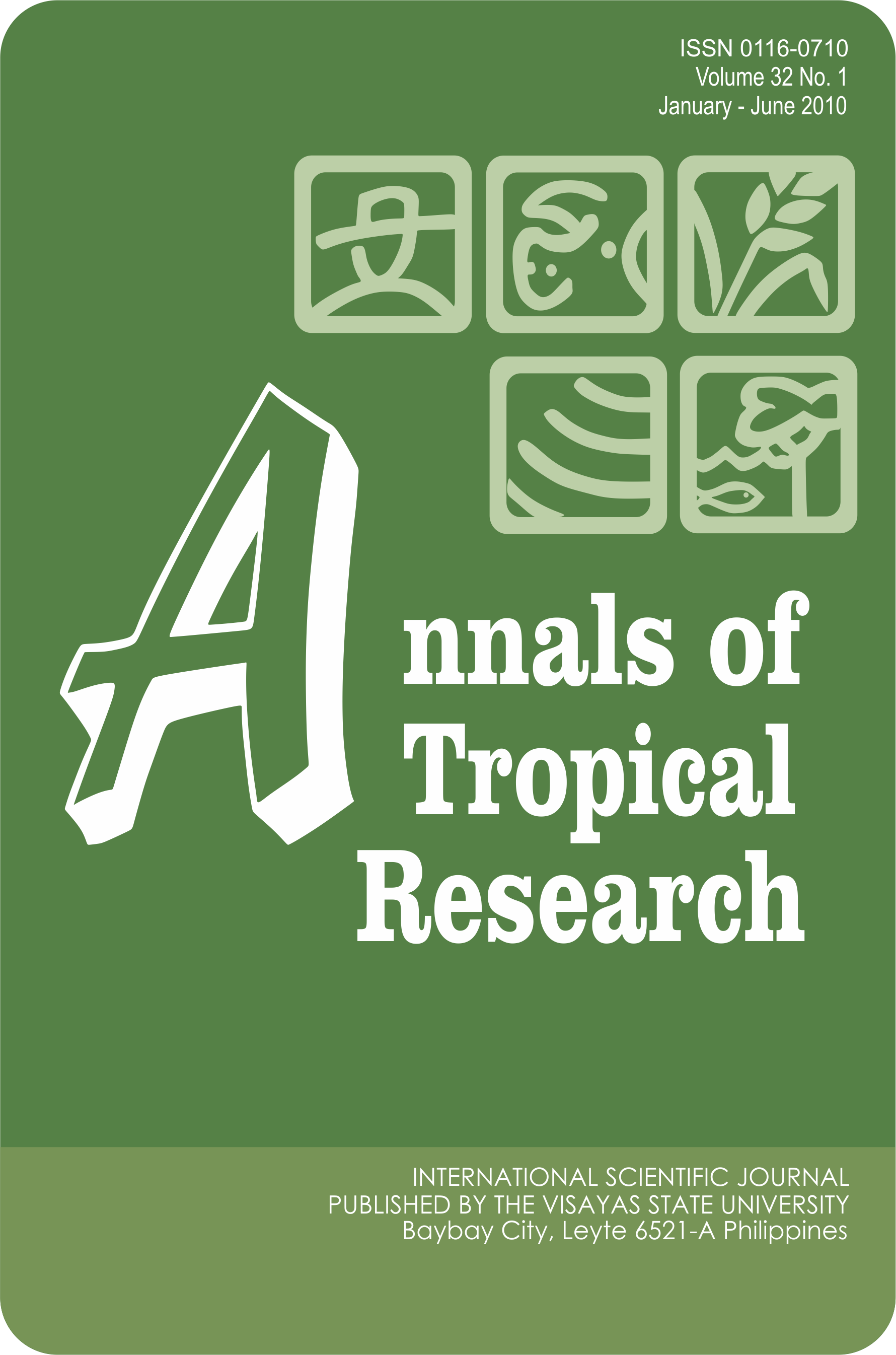Delayed yellowing of broccoli florets by ethanol: Some physio-biochemical changes during storage
DOI:
https://doi.org/10.32945/atr3212.2010Keywords:
Abstract
Harvested broccoli heads rapidly senesces after it is severed from the mother plant due to complex metabolic processes occurring in tissues. Specifically, abrupt increase in ethylene and decline in sucrose were reported. The elucidate further these changes, 25% ethanol was applied in heads prior to storage. The relationship between postharvest yellowing of florets and ethylene production, 1-aminocyclopropane-1-carboxylate oxidase (ACO) activity, sugar contents and respiration rate are determined. Results revealed that the onsets of climacteric rise in ACO activity and ethylene production were a day delayed by ethanol application. These results may suggest that ethanol inhibits ethylene synthesis by slowing down the activity of ACO at earlier storage period only. It is likely that due to volatilization of ethanol, the dilute concentration could be much less effective at overcoming its inhibitory effect on ethylene synthesis during the later stage of storage. Furthermore, the almost constant levels of sucrose from days 1 to 3 in the treated florets could be attributed to less consumption of respiratory substrate as exhibited by lower CO2 production. It is, therefore, likely that the relatively higher level of sucrose in treated florets has influenced the responsiveness of the floral tissue to ethylene. Overall, ethanol application appears to delay the metabolic processes which lead to the climacteric rise in ethylene, thereby delaying the onset of floret yellowing in broccoli. Prior to the appearance of visual sign of quality deterioration, significant changes in ACO activity and sucrose level have occurred. Thus, it is considered that yellowing is a late event in broccoli postharvest senescence preceded by significant physio-biochemical changes.
Downloads
Submitted
Published
How to Cite
Issue
Section
License

This work is licensed under a Creative Commons Attribution-NonCommercial-ShareAlike 4.0 International License.










